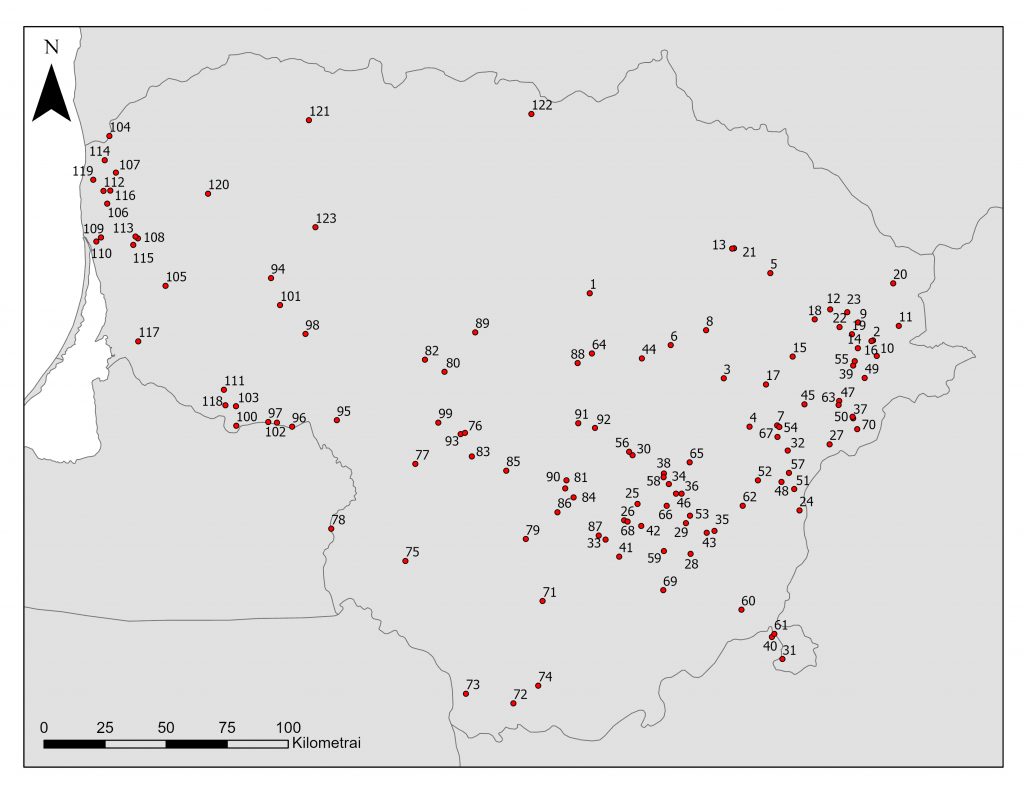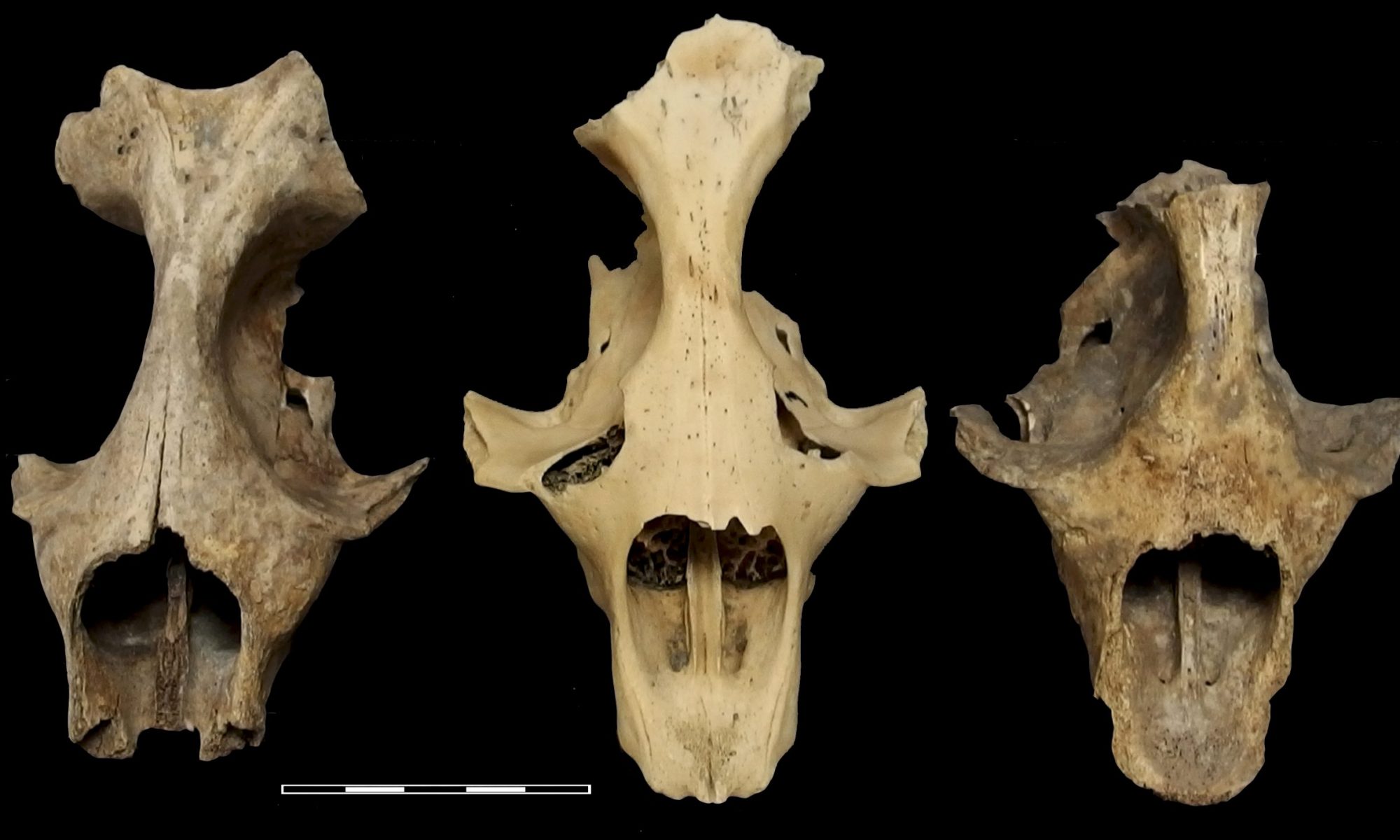Cremation is the burning of the remains of a deceased person in a crematorium or a specially prepared fireplace. During combustion, due to the high temperature, the chemical composition of the bone changes: collagen and other organic parts of the bone break down, the structure of mineral salts changes, which causes the bone to break and its volume can be reduced by up to 25%.
The size and fragmentation of cremated bones depends on several important aspects: (1) burning temperature; (2) body contraction intensity; (3) collapsing coffins or other structures; (4) movement of corpses during incineration; (5) the nature of the fire fighting. In addition, as experimental studies show, factors such as age at death and disease can also contribute to bone fragmentation. Burned bones in adults account for about 3.5% (2.5% of children) of the initial body weight. Typically, the burning bones of one adult man weigh 1.5 to 3.6 kg, and those of an adult woman 1 to 2.2 kg. Bone color depends on the burning temperature, which is determined by the size of the scrap and the burning time.
Bones, shrinkage, fragmentation, and changes in their shape significantly complicate the analysis of cremated remains, and changes in bone structure limit their potential for use in research. For example, studies of stable isotopes in cremated remains are not possible due to the altered nitrogen-carbon ratio during combustion, but genetic studies may be successful.
In Lithuania, the practice of burning the dead spread in three waves. The first wave of cremation in the territory of present-day Lithuania occurred in the first millennium BC. and could prevail until the turn of the era. The second wave of burning custom began around the 4th-5th centuries. and spread until the 13th century. From the middle of the 1st millennium, the dead were burned by the Prussians, from the 5th to the 6th century – by the Lithuanians and Jotvingians. About the 6th century the customs of burning reached the Aukštaitians, and in the V-VII centuries – Skalvians. Later, cremation took root in the Curonian (only X-XI centuries) and Samogitian (XI-XII centuries) lands. In the 14th century cremation has become the absolutely predominant method of burial. The custom of cremation disappeared with the advent of Christianity, but individual cremation graves are found in Lithuania even in the 15th century.
Collection

- The collection of cremated remains (cremains) of people preserved at Vilnius University consists of cremated remains from burial mounds and cremated remains from a unique context. The latter can include cremains associated with burials in water (Obeliai and Bajorai), mound material (Bilioniai mound) and individual cremated fragments without a more detailed context.
- Currently, the digital database of cremated bones contains information about the remains of 145 objects located in the territory of present-day Lithuania (see the map). The weight, amount of cremated bones of each object, additional information (e. g. amount of coal, if any) is provided.
- Most of the stored material is highly fragmented, consisting of small (1-3 cm in size) and well-burnt unidentifiable bone fragments. The largest (only burnt) and well-identified cremated bones are from the following objects: Jutoniai-Dubingiai burial mounds, Santaka burial mounds and Bilioniai mound.
- The largest amount of cremated material stored (according to the number of graves) is from the Marvelė burial ground.
